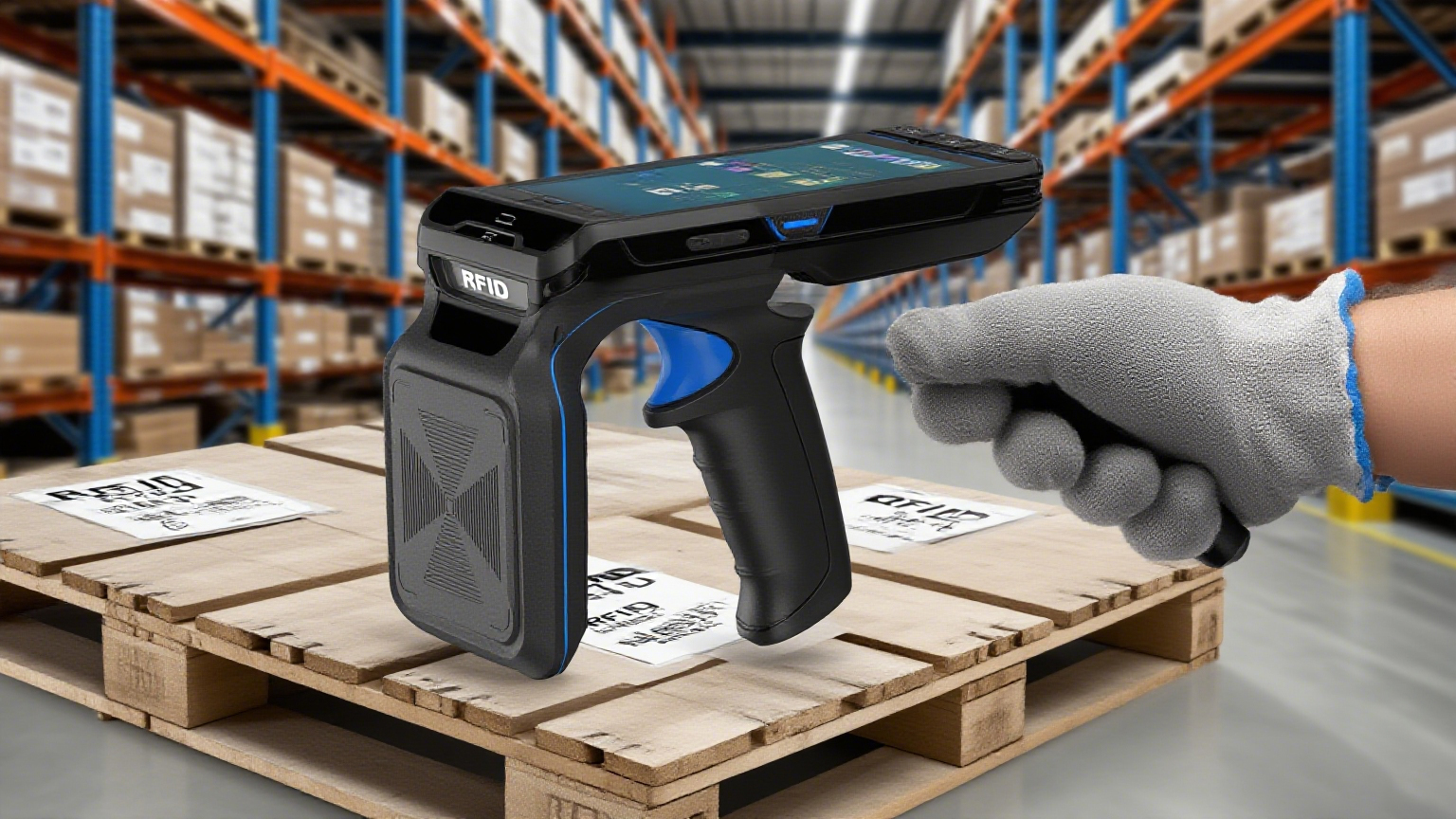RFID Asset Tracking Cost Explained: What You Must Know Before Investing
372Explore RFID asset tracking costs with Cykeo's expert guide—breakdown of tag, reader, and software pricing for efficient asset management.
MoreAll RFID Product
The first time I had to budget for handheld RFID readers, I thought it was just a matter of picking the cheapest unit with a decent spec sheet. Turns out, that’s a rookie mistake. In actual warehouse deployments — with concrete dust, signal reflection from metal shelves, and forklift drivers who think your device is a coffee tray — the “price” of an RFID reader is more than the number on the invoice.
I’ll walk you through what I learned when we put Cykeo’s CK-B3L handhelds into daily use in a 4,000 m² distribution hub in Yiwu, and why the way you evaluate handheld RFID reader price should factor in things you don’t find in glossy brochures.

In the UHF handheld space, you’ll see prices from $500 to $2,000+ per unit.
In my case, the CK-B3L gave us the sweet spot — we didn’t pay for features our team wouldn’t touch (like full-blown MDM suites), but still got 20 m adjustable read range and >500 RFID tags/sec group reading.
Nobody talks about how many extra batteries you’ll need if your shifts run long. The CK-B3L comes with a 7.6V 4000 mAh (≈8000 mAh @3.8V) removable pack, and in real picking runs, we got about 11–12 hours with mixed RFID and barcode use. That meant one battery swap per double shift — and because it’s swappable, we didn’t have to buy extra devices just for power coverage.
Specs say the CK-B3L weighs under 750 g with the handle, but the grip balance matters more than the number. After three hours of shelf scanning in aisle C, my wrist could tell the difference between good and bad ergonomics. The pistol grip and 5.5″ capacitive touchscreen hit that balance where even warehouse temps could figure it out without “training fatigue.”
Our Yiwu site had patchy coverage between Zones 2 and 4. A lot of budget readers drop connection mid-sync, which means duplicate scans and frustrated pickers. The CK-B3L’s dual-band Wi-Fi with 802.11ac and roaming protocol support (k/r/v) kept sessions alive, even when walking past metal containers that mess with weaker chipsets.
Specs like 4.65 dBi circular-polarized antenna sound impressive, but in reality, the big test is whether it can read tags when you’re standing next to a steel pallet rack. In our trials, the CK-B3L still picked tags cleanly at 8–10 m through mixed-material obstacles — not something I’ve seen with lower-end units.
If you’re just looking at sticker price, you’ll miss the bigger equation:
Reader cost = unit price + battery strategy + downtime risk + training time + survival rate after drops
For us, the CK-B3L landed at a “total cost per device” about 20% lower than the cheaper units we tried, because it didn’t need early replacements or constant repairs.
So, yes — you can find cheaper handheld RFID readers. But in a working warehouse, “cheap” often ends up expensive.
Explore RFID asset tracking costs with Cykeo's expert guide—breakdown of tag, reader, and software pricing for efficient asset management.
MoreRFID access management isn’t just about tapping a card to open doors. This word guide explores real-world use cases in offices, warehouses, hospitals, and schools—highlighting benefits, common pitfalls, and practical lessons learned.
MoreDiscover Cykeo’s handheld RFID reader costs for budget and premium models. Compare features, prices, and use cases for retail, logistics, and industrial automation.
MoreExplore the value of washable RFID tags in textile management, uncovering their durable, wash-resistant features and real-world applications—from hotels to hospitals—for efficient asset tracking.
More